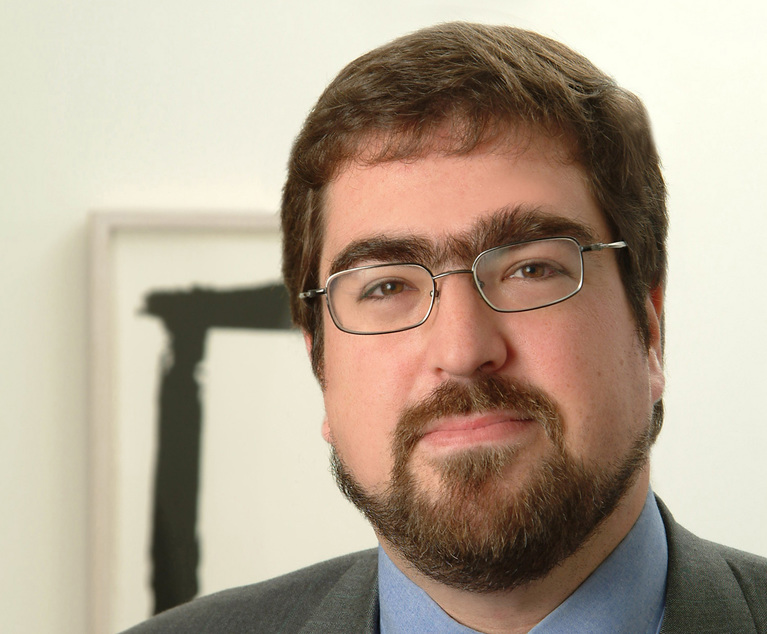 Toxic tort cases involve claims of injuries, usually cancer, arising years or decades after the date of exposure to chemicals. Under New York law, when the statute of limitations may have run is often confusing to the practitioner. A plaintiff can calculate the limitations using New York’s CPLR 214-c or often unused Federal Comprehensive Environmental Response, Compensation, and Liability Act (CERCLA) statutes to timely file a claim. Most recently however, the enactment of CPLR 214-f allows plaintiffs more time to bring a toxic tort claim. See N.Y. CPLR 214-f.
Toxic tort cases involve claims of injuries, usually cancer, arising years or decades after the date of exposure to chemicals. Under New York law, when the statute of limitations may have run is often confusing to the practitioner. A plaintiff can calculate the limitations using New York’s CPLR 214-c or often unused Federal Comprehensive Environmental Response, Compensation, and Liability Act (CERCLA) statutes to timely file a claim. Most recently however, the enactment of CPLR 214-f allows plaintiffs more time to bring a toxic tort claim. See N.Y. CPLR 214-f.
CPLR 214-f was passed in response to the discovery of perfluorooctanoic acid (PFOA) contamination in the public water supply of the Town of Hoosick Falls in New York. This amendment will have significant impacts in the coming years allowing plaintiffs to bring toxic tort claims in connection with newly designated Superfund sites, claims that might otherwise be barred by existing New York statutes of limitations.
This content has been archived. It is available through our partners, LexisNexis® and Bloomberg Law.
To view this content, please continue to their sites.
Not a Lexis Subscriber?
Subscribe Now
Not a Bloomberg Law Subscriber?
Subscribe Now
LexisNexis® and Bloomberg Law are third party online distributors of the broad collection of current and archived versions of ALM's legal news publications. LexisNexis® and Bloomberg Law customers are able to access and use ALM's content, including content from the National Law Journal, The American Lawyer, Legaltech News, The New York Law Journal, and Corporate Counsel, as well as other sources of legal information.
For questions call 1-877-256-2472 or contact us at [email protected]






